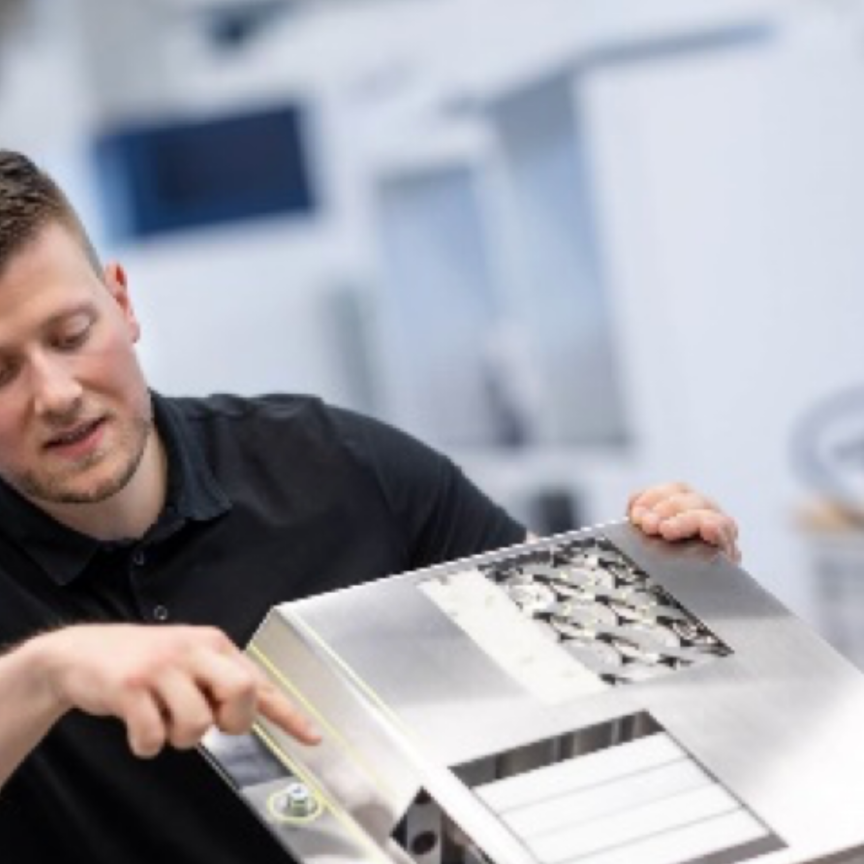The goal of a new European consortium with six partners from research and industry is to optimise a laser-stabilised TIG welding process. About 50 interested enterprises came to the one-day, start-up workshop for CLAiM in Turkey, and attentively followed the lectures on the planned optimisations for welding thin metal sheets.
There is a clear trend in both the transport and the automobile industries towards light-weight construction using high-strength sheets made of stainless steel and aluminium. Small and medium-sized enterprises (SMEs), in particular, are interested in fast manufacturing processes without quality losses, to maintain a highly competitive position on the market. For this reason, the goal of the CLAiM project is to shorten the processing time for established TIG welding processes, and at the same time to increase welding seam quality significantly.
The basic idea is to use a laser-stabilised welding process, similar to light arc welding, and achieving similar results. Combining a laser with 400W output power and two TIG welding sources can bring about a 50 per cent increase in the maximum welding speed. This innovative double TIG laser process would not only reduce the heat input into the metal sheet, but also significantly improve the weld seam quality. A further aim of the project is to achieve a 30 per cent increase in the welding depth.
The first test involved a 400W laser and a beam diameter of 1.6mm. With this, the stabilisation of two arcs on aluminium and stainless steel was demonstrated (see Figure 1). This was even possible with a welding speed of 3m/min for aluminium and 1m/min for stainless steel. Furthermore the guiding of the arcs with low-power laser radiation was demonstrated. Further process development will be carried out on butt welds and tailored blanks for stainless steel and aluminum. The stabilisation effect from the laser radiation is supposed to make the innovative welding process more robust and stable. For the welding speed and penetration depth, the process will be improved.
The project was introduced to about 50 participating enterprises at the first CLAiM workshop in Turkey. At the workshop, German company Merkle presented the welding system, the Laser Zentrum Hannover e.V. (LZH) explained the process concept, and Spanish partner Tecnalia explained the role of the welding process control. The Turkish companies at the workshop were informed of the possibilities of participating in EU projects and in further funding initiatives for cooperating with German partners. Professor Arif Demir, vice-president of the University of Kocaeli, hosted the workshop.
An important goal of CLAiM is to strengthen the position of SMEs in the market by providing a significantly improved welding process for sheet metals, with low investment costs.
The high number of SMEs participating in the workshop was great. By starting with close cooperation with small and middle sized enterprises, we can expect a quicker transfer of the project results to the target group.
In the project CLAiM, two European research institutes and four industrial enterprises will work together until it ends in September, 2012: Tecnalia Automotive and Taller de Modelos y Troqueles, S.L. (Spain), Form Engineering Ltd. (Turkey), Laser-Tech spol. s r.o. (Czech Republic) as well as Merkle Schweißanlagen-Technik GmbH and the Laser Zentrum Hannover e.V. (Germany). The research and development activities are financially supported by the 7th framework program of the EU. Project management is carried out by the Research Executive Agency (REA).

